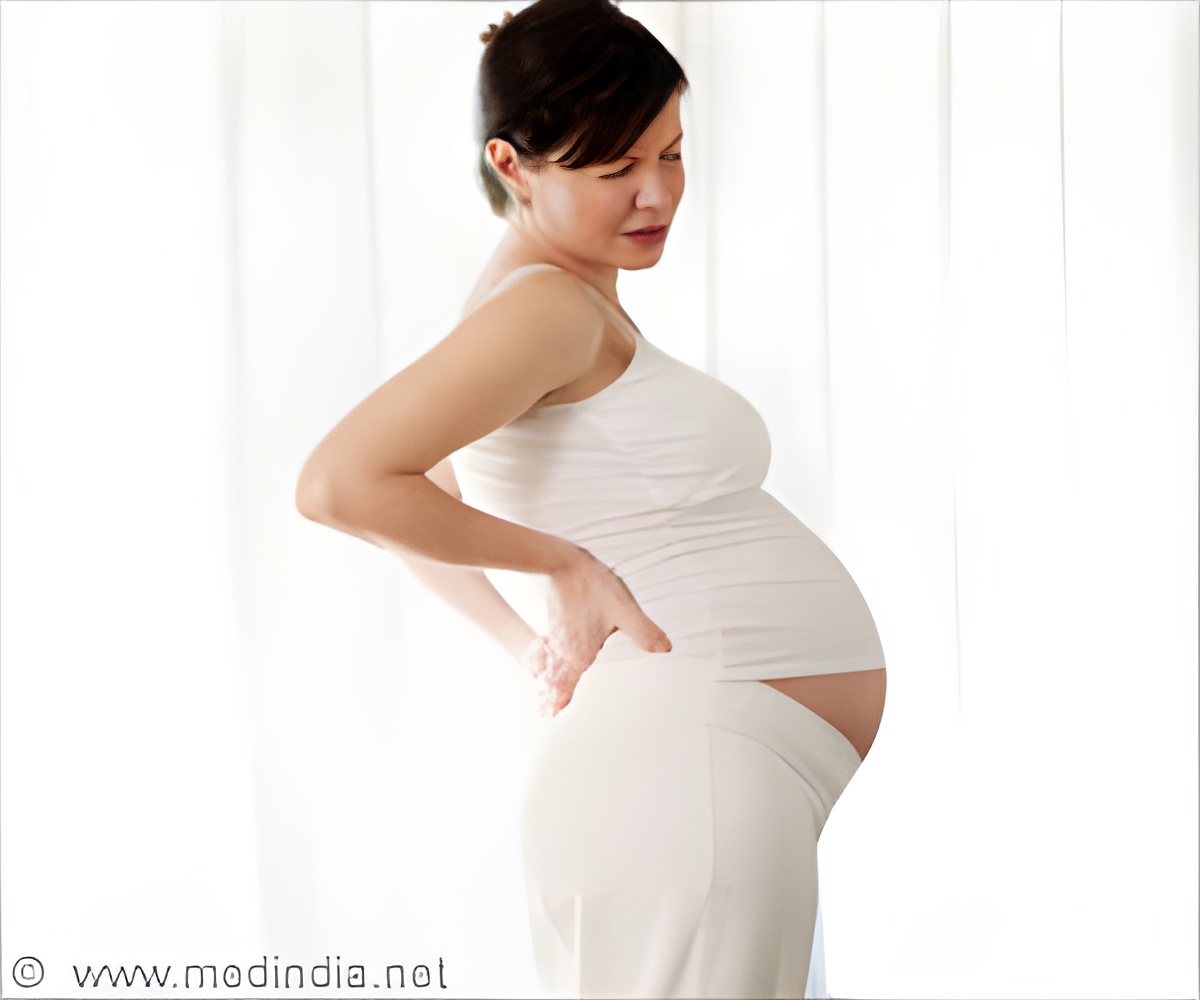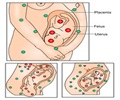Increased monitoring during pregnancy will be required for pregnant immigrants from Sub Saharan Africa, Latin America and Caribbean islands according to a new research

Researchers found that Sub-Saharan Africans have consistently higher risk of preeclampsia and eclampsia compared to immigrants from other world regions or non-immigrant women from the six countries studied. In some, but not all, of the six countries Latin Americans and Caribbean islanders were also shown to be at higher risk."Obstetricians and midwives should consider pregnancies for immigrants from these regions as high risk," said Dr. Marcelo Urquia, lead author and an epidemiologist at the Centre for Research on Inner City Health of St. Michael's Hospital. "They need enhanced surveillance and culturally sensitive care."
Preeclampsia is most common in first-time pregnancies. It affects two to seven per cent of women who have never given birth. Mothers with preeclampsia can experience several complications, including high blood pressure and high amounts of protein in the urine. Preeclampsia can cause premature birth and stunt fetus growth in the womb.
If undiagnosed, preeclampsia can lead to eclampsia – a serious condition that puts mothers and children at higher risk. Mothers can suffer long-term cardiovascular health issues. Eclampsia can lead to lost pregnancies and even cause long-term adult health problems in the babies.
"There's no cure for preeclampsia – which does disappear when the baby is born," said Dr. Urquia, who is also an adjunct scientist at the Institute for Clinical Evaluative Sciences. "But when caught early, it's easier to manage. That's why it's so important to identify these high-risk groups."
While it's not known why some immigrant groups had higher rates than others, even in their home countries Sub-Saharan Africans exhibit the highest rates of preeclampsia and eclampsia worldwide. It's possible that immigrants may carry higher susceptibility even after arriving in their new country.
Advertisement
- Latin America and the Caribbean islands
- Middle East
- Western Europe
- Eastern Europe
- East Asia
- Southeast Asia
- North Africa
- Sub-Saharan Africa
"It's also important to note that differences exist even within these regional groupings," said Dr. Urquia. "In Ontario, for example, Caribbean and Central American women had greater risk than South Americans– who had similar rates to Canadian-born women."
Advertisement
"We need to look more at factors affecting immigrant health," said Dr. Urquia. "Future research should continue to look at global evidence."
Source-Eurekalert














